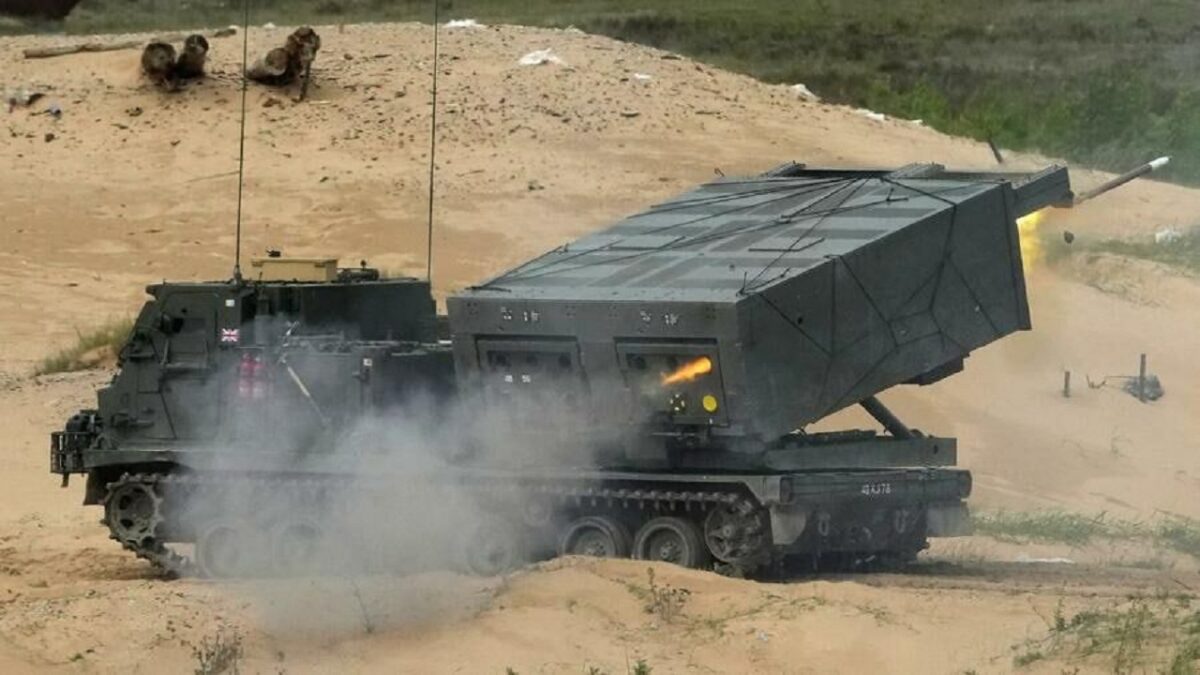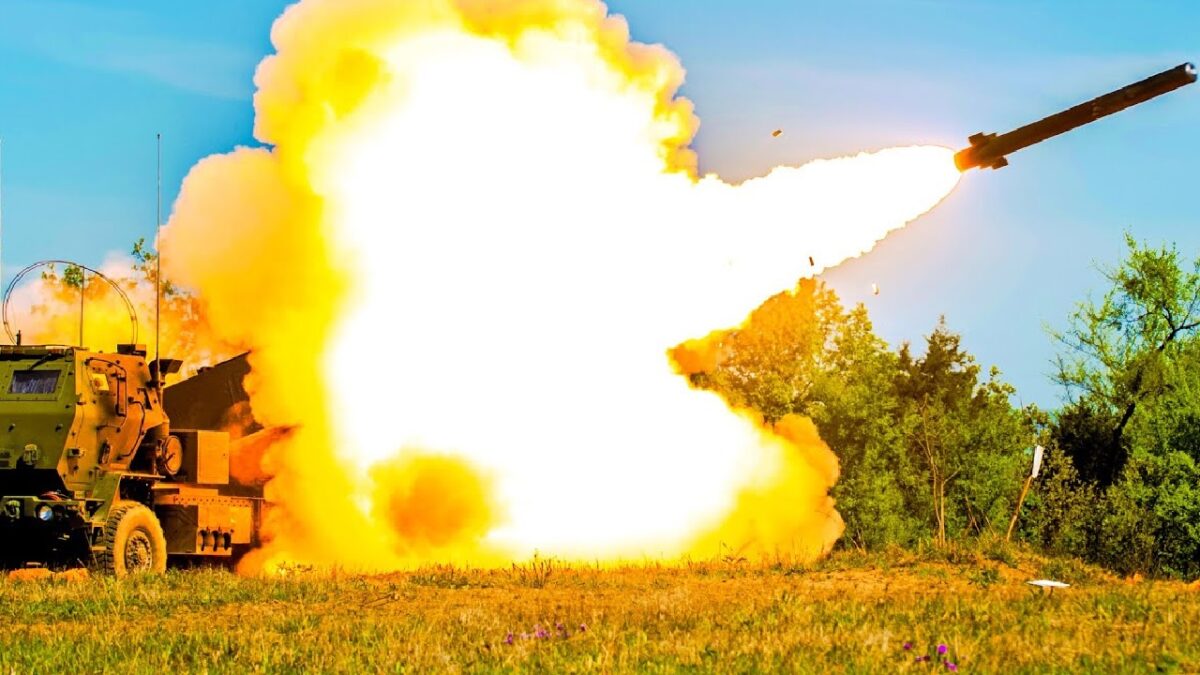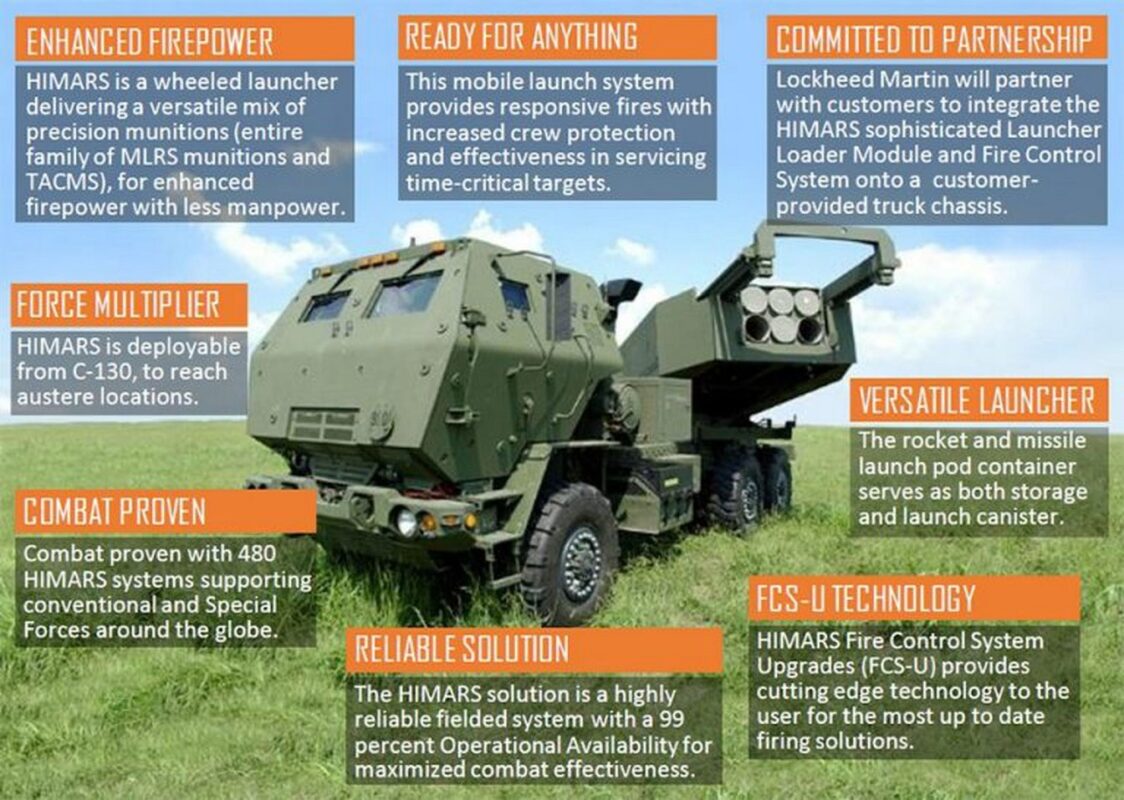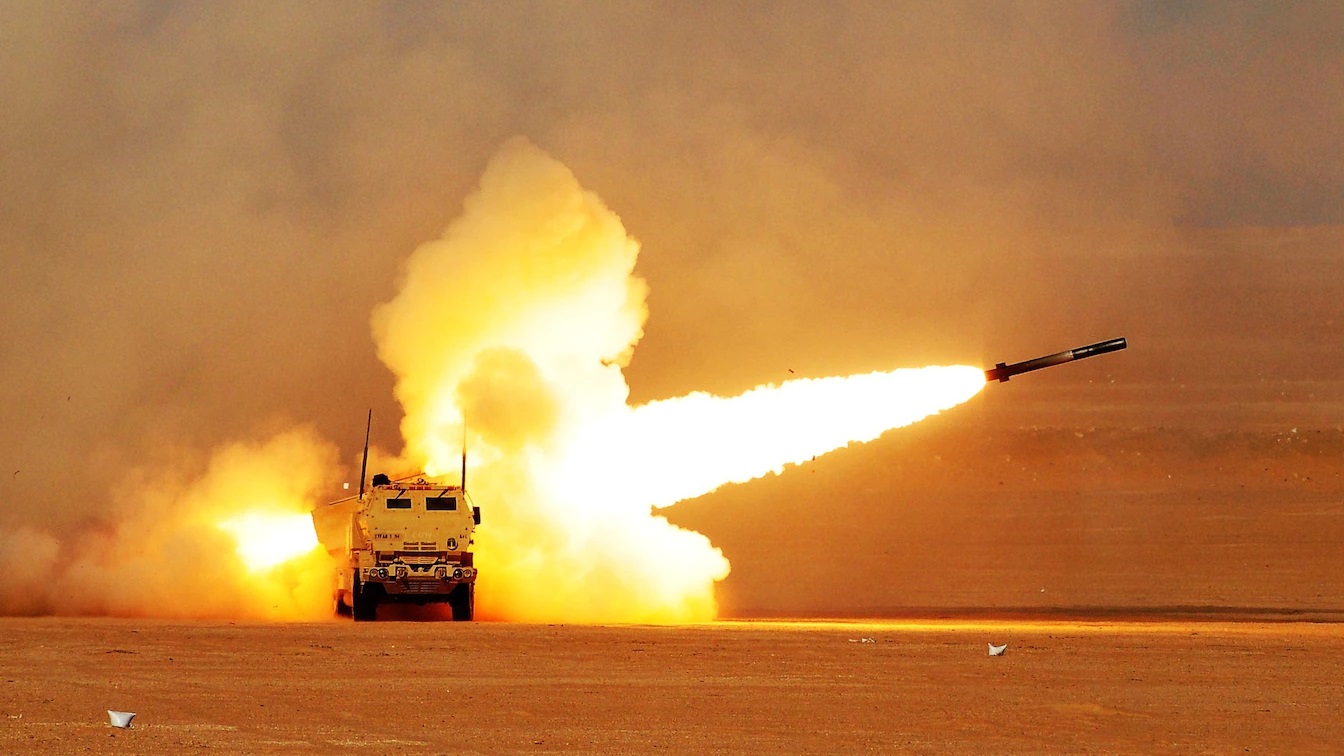Ukraine’s stockpile of American High Mobility Artillery Rocket Systems (HIMARS) has played a major role in the country’s defense efforts against Russian invaders. Over the last year, the U.S.-made system has hit dozens of Russian targets and helped liberate strategically important Ukrainian cities and territories. While HIMARS is widely considered to be the world’s most advanced rocket artillery system, recent reports suggest Ukraine is using its own indigenous alternative more frequently.
Last week, defense outlets confirmed that Ukraine’s Vilkha-M Soviet BM-30 Smerch multiple launch rocket system artillery can carry heftier warheads than its American counterpart. However, the HIMARS provided to Ukraine during the ongoing invasion give its forces a clear operational advantage over Russia.
Regardless of the inclusion of the Vilkha-M rocket system, HIMARS will likely continue to be utilized during large-scale ground combat.
A brief overview of HIMARS
Developed in the 1990s for the U.S. Army, the M142 HIMARS has evolved into a combat-proven system. The need for a light multiple rocket launcher arose in 1982 due to Cold War tensions. The M270 MLRS was designed initially, but its hefty weight ultimately became too much of a burden for rapid deployment.
By 1996, The U.S. Army Missile Command awarded Lockheed Martin a $23 million contract to construct four prototypes, and HIMARS was eventually selected by the Army in 2003.
HIMARS is an air transportable wheeled launch mounted on a Family of Medium Tactical Vehicles XM1140A1 truck frame. Capable of launching all rockets within the Multiple Launch Rocket System Family of Munitions.
The HIMARS’ ability to be transported using C-130s, other large airframes, and sea vessels makes it a flexible asset for the U.S. military. HIMARS carries six GMLRS rockets or one TACMS missile, making it a lethal option for soldiers to carry and use. With a max speed of around 94 km per hour and max cruising range of 483 kilometers, HIMARS is hard to rival.
HIMARS has been operationally-proven
The rocket system was first deployed in combat during the war in Afghanistan, where it successfully struck 50 high-ranking members of the Taliban.
The weapon was also used in both Syrian and Iraqi civil wars and has now made its way to Ukraine.
The U.S. has provided at least 20 HIMARS launchers to Ukraine so far, however, these Ukraine-bound weapons have come with a caveat. Officials have imposed certain restrictions, including not being able to fire ATACMS missiles, have been placed on the HIMARS sent to Ukraine.
Additionally, U.S. officials also claim that Ukrainian forces have promised not to fire HIMARS into Russian territory.
NATO member states also want it
HIMARS launchers and missiles have played such a significant role in Ukraine that the Department of Defense recently awarded over a billion dollars to Lockheed Martin to ramp up production.
According to the DoD, the contract “procures long lead time materials, parts, components, and efforts necessary to maintain on-time production and delivery of 118 Lot 18 aircraft F-35 aircraft for the Air Force, Marine Corps, Navy, non-U.S Department of Defense participants, and Foreign Military Sales customers.”

HIMARS. Image Credit: British Army.

HIMARS. Image Credit: U.S. Military.

HIMARS Attack. Image Credit: Creative Commons.

HIMARS graphic from Lockheed Martin.
In addition to Ukraine, North Atlantic Treaty Organization (NATO) member states have expressed interest in acquiring HIMARS in light of Russia’s ongoing invasion.
Based on the launcher’s exceptional track record, this weapon will likely continue to be a cash cow for Lockheed Martin and serve Ukraine’s defense efforts well.
MORE: F-35 – The Best Fighter Jet Ever?
MORE: SR-72 – A Mach 6 Bomber?
MORE: Su-57 – Is Russia’s Stealth Fighter Doomed?
Biography of Author and Expertise
Maya Carlin is a Senior Editor with 19FortyFive. She is also an analyst with the Center for Security Policy and a former Anna Sobol Levy Fellow at IDC Herzliya in Israel. She has by-lines in many publications, including The National Interest, Jerusalem Post, and Times of Israel.

